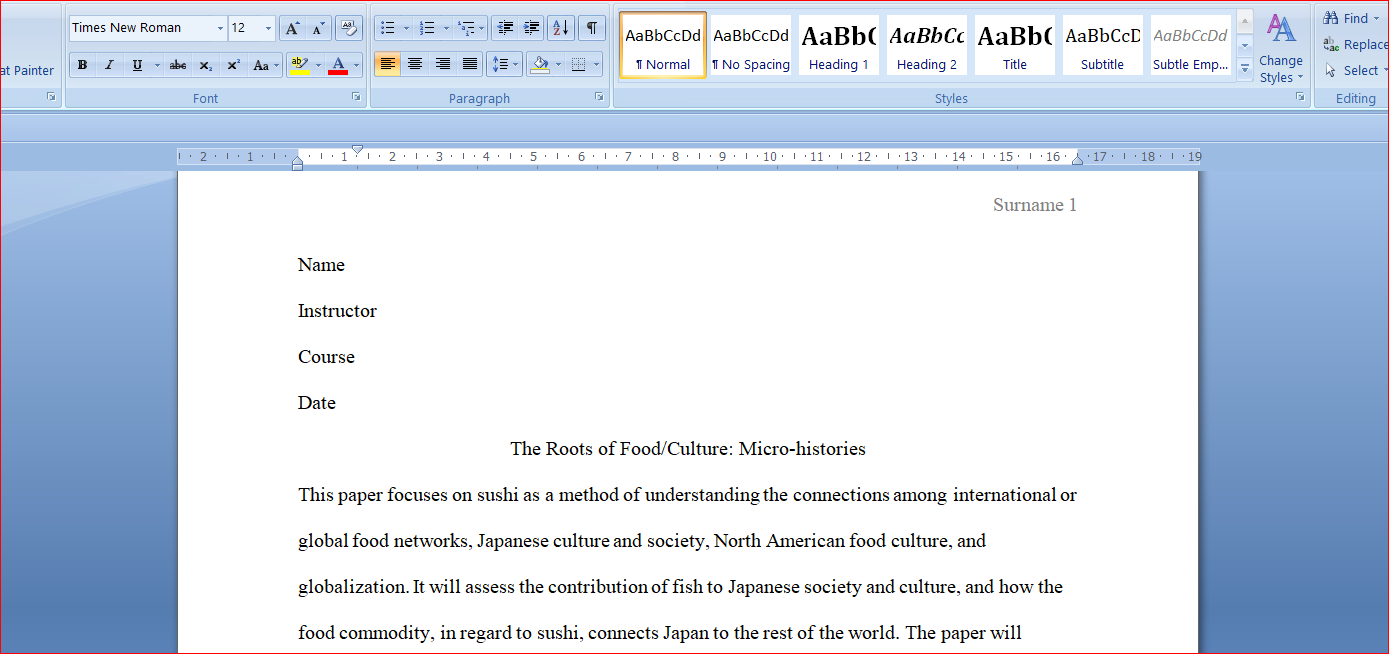The Roots of Food/Culture: Micro-histories
Foodways Part 1: The Routes of Food/Culture: Micro-histories
Cultural anthropologists: Peter Farb and George Armelagos have likened cuisine to a culture’s language. To study the elements of cuisine we can think of it like the elements of a language and in this assignment students will be learning about food’s relationship to culture by tracing the history of a food word. Food words are what they sound like words that pertain to a food or cuisine. By tracing these words we can begin to understand the cultural history of foods as they enter into English.
1) Using Google n-grams (https://books.google.com/
2) Examine a statistically significant sampling of books on which the n-gram data is based. Make sure that there are not other reasons for currency of the word you have chosen.
Answer preview for the Roots of Food/Culture: Micro-histories

Words:765
